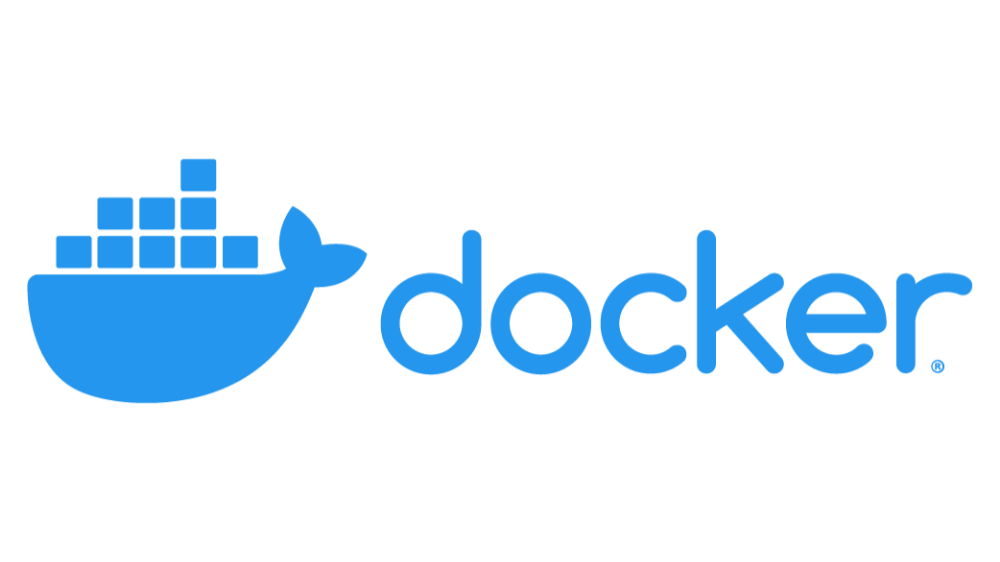
Docker: Revolutionizing Containerization
Himani Patidar
Reliability and Production Engineer at Morgan Stanley | Senior Associate | Regulatory Reporting | Smart India Hackathon 2019 Winner
Containerization has fundamentally changed the way we develop, deploy, and manage applications, and at the forefront of this revolution is Docker. Since its inception, Docker has become synonymous with containers, providing a powerful platform that enables developers to package applications and their dependencies into lightweight, portable containers. This article explores how Docker has revolutionized containerization and why it has become an indispensable tool in modern software development.
What is Docker?
Docker is an open-source platform that automates the deployment of applications inside lightweight, portable containers. Containers are isolated environments that include everything needed to run an application, including the code, runtime, libraries, and system dependencies. Unlike traditional virtual machines (VMs), containers share the host system's kernel, making them more efficient in terms of resource usage and startup time.
Docker was introduced in 2013 by a company called DotCloud (now Docker, Inc.), and it quickly gained traction due to its simplicity, portability, and powerful ecosystem. The core components of Docker include the Docker Engine, Docker Hub, and Docker Compose, each playing a crucial role in the containerization process.
How Docker Revolutionized Containerization
1. Simplified Application Deployment
- Before Docker: Deploying applications was often a complex process involving multiple steps, such as configuring servers, managing dependencies, and ensuring compatibility across different environments.
- With Docker: Developers can package their applications along with all necessary dependencies into a single container image. This container can then be deployed on any system that supports Docker, ensuring consistency across development, testing, and production environments.
2. Increased Portability
- Before Docker: Applications often faced compatibility issues when moved from one environment to another due to differences in system configurations, libraries, or runtime environments.
- With Docker: Containers provide a consistent runtime environment, allowing developers to build once and run anywhere. Whether it's on a developer's laptop, a testing server, or a production cloud environment, Docker containers ensure that the application behaves the same way.
3. Improved Resource Efficiency
- Before Docker: Virtual machines (VMs) were the primary method for isolating applications. However, VMs are resource-intensive, requiring a separate OS instance for each application, leading to high overhead.
- With Docker: Containers share the host OS kernel, making them much more lightweight and efficient than VMs. This reduces the overhead associated with running multiple applications, allowing for greater density and more efficient use of server resources.
4. Faster Development and Deployment Cycles
- Before Docker: Developers often encountered delays due to the time-consuming process of setting up environments, managing dependencies, and ensuring consistency across different stages of the development lifecycle.
- With Docker: Docker enables faster development cycles by providing a consistent environment for development, testing, and deployment. Developers can quickly spin up containers, test their applications, and deploy them with confidence, reducing the time it takes to bring new features to market.
5. Enhanced Collaboration and Integration
领英推荐
- Before Docker: Collaboration between development and operations teams (DevOps) was often hindered by differences in environment configurations and deployment processes.
- With Docker: Docker promotes a DevOps culture by bridging the gap between development and operations. Developers can share container images through Docker Hub or private registries, and operations teams can deploy those images with minimal configuration, ensuring a smoother, more collaborative workflow.
6. Robust Ecosystem and Community Support
- Before Docker: Tools for managing application deployment and orchestration were often fragmented and lacked standardization.
- With Docker: Docker has built a vast ecosystem of tools, including Docker Compose for defining multi-container applications, Docker Swarm for native container orchestration, and integration with Kubernetes for more complex orchestration needs. Additionally, Docker Hub provides a central repository for sharing and discovering container images, further enhancing the platform's utility.
Key Components of Docker
- Docker Engine: The core component that runs and manages containers. It includes the Docker Daemon, which creates and manages Docker images, containers, networks, and storage.
- Docker Hub: A cloud-based registry service that allows users to share and distribute container images. It serves as a central repository where developers can find and pull pre-built images for their applications.
- Docker Compose: A tool for defining and running multi-container Docker applications. With Docker Compose, developers can use a simple YAML file to configure their application's services, networks, and volumes, simplifying the management of complex applications.
- Docker Swarm: Docker's native clustering and orchestration tool. It enables users to create and manage a cluster of Docker nodes, allowing for the deployment and scaling of containerized applications across multiple hosts.
Use Cases and Applications
- Microservices Architecture: Docker is ideal for microservices, where applications are broken down into smaller, independent services that can be developed, deployed, and scaled independently.
- Continuous Integration/Continuous Deployment (CI/CD): Docker plays a crucial role in CI/CD pipelines by providing consistent and isolated environments for testing and deployment, reducing the risk of environment-related issues.
- Hybrid and Multi-Cloud Deployments: Docker's portability makes it easy to deploy applications across different cloud providers or in hybrid environments, providing flexibility and avoiding vendor lock-in.
- Legacy Application Modernization: Docker can containerize legacy applications, enabling them to run on modern infrastructure without significant code changes, thus extending their lifespan and reducing technical debt.
Conclusion
Docker has fundamentally transformed the landscape of software development and deployment. By providing a simple, efficient, and portable way to package and run applications, Docker has made containerization accessible to developers and organizations of all sizes. Its impact on DevOps practices, resource efficiency, and application portability has cemented Docker as a revolutionary force in the world of containerization. As Docker continues to evolve, its role in shaping the future of application development and deployment will only grow more significant.